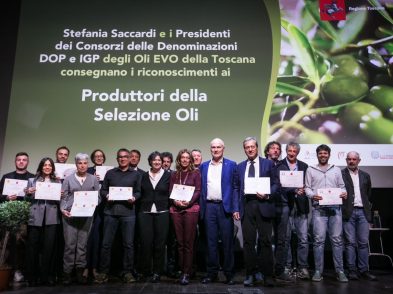When I speak to most people about Florentine food, they immediately say steak! However, according to Carole Counihan in her book Around the Tuscan Table, “The traditional Tuscan and Florentine diet was based mostly on fresh vegetables and starches. This diet is rooted in the mezzadria system. Meats did not become predominantly consumed until after WW2.”
In the first weeks of my stay in Florence, I stuck with my classmates and went wherever the group wanted. I ate in places near the Duomo, with fancy exteriors and hordes of tourists. My friends found top ranked “authentic” Florentine restaurants through tourist recommendation websites or from recommendations from other tourists. In these places, I found steaks, pastas, salads and cheeses, which mostly tasted mediocre to me. Waiters and waitresses were taking our orders right after we sat down, giving off continuous vibes that we should rush through the meal and get out as soon as possible so that the restaurant could hurry new customers in. I quickly became sick of eating heavy carb, white-colored meals that made me feel full and undernourished. Not only was I unhappy with the food, I also noticed we were often eating at chain restaurants or fast food spots. How could this be the true culinary experience of Florence?

Fabio Parasecoli, in his book Al Dente: A History of Food in Italy, states that “one of the most visible changes in the Italian food system has been the development of different distribution centers. Supermarkets and self-service hypermarkets, high discount stores, and shopping centers have been displacing traditional outdoor markets and smaller family-run corner stores.” After days of frustration with these crowded, hurried, over-advertised, underperforming restaurants, I decided the only way was to leave the comfort of exploring with fellow students and go out on my own.
I decided to search for the most authentic vegetarian food in the city. In The Taste Culture Reader, Lisa Heldke muses on this concept of authenticity in food. “Even if we could agree, unambiguously, that a dish was prepared authentically, there is no guarantee whatsoever that the eater will be equipped to experience it as authentic (where authentic is taken to mean ‘the way it would taste for an insider to the cuisine’).” What my peers were enjoying as “authentic” Florentine food was not authentic to me. Perhaps because of my personal bias: a longstanding passion for a plant-based diet where vegetables serve as the center of my meals. I had to find a different “authentic” Florence.
Cue: Il Vegetariano. On walking down a street a few blocks from San Marco, a hand-carved wooden sculpture catches my eye. Dazzled, I refocus and see peaceful creatures in the nooks. Inside, it’s as if I’d transformed into an ant returning from the perilous outer world into the warm mother sand mound. Everyone working in the restaurant was genuinely curious, tolerating my bad Italian and joyfully chatting as if there was not a line of 15 hungry customers waiting behind me. That first meal, I ate alone in the bamboo garden. My ears were tickled by the sound of raindrops pitter-pattering on the tent top and other quieter rhythmic Italian conversations. The biggest sound were the happy hums of “mmmmmmm”. Mmmmms attract more mmmmms in the same way that one yawn draws another. The taste of each vegetable in the custom salad with organic olive oil is so harmonious that it sends goosebumps over my body. The apple cider vinegar scent made my mind turn five years old again, skipping barefoot through a garden.
I knew I was home. For weeks, I ate there alone. Sometimes, a friend joined me. But then, all of sudden, I couldn’t show up without seeing three, then five, then nine fellow students. Every meal becomes a feast of joy. The ambiance so welcoming and warming that the conversations and connections deepen as we savored every bite.
The first time I went to Brac, I walked past it back and forth three times before realizing it was right in front of me. The entrance is marked by the words “art books chosen by artists” instead of bearing the eatery’s actual name. Inside, light jazz and bossa nova soothe and colorful tomes sweeten the view. The menu even includes an entire page about the osmosis filtration system of the water. Brac serves traditional Italian dishes with modernist twists, secretly whispering to come back for a thousand more rendezvous. The cabbage-based, pear-filled salad tasted like an elegant coleslaw walking through a sequoia forest on a dewy morning, every bite crunching and aerating between my teeth. The beetroot flour pasta was unlike any pasta I’d tasted before, and the blueberry coconut cake pushed my pleasure over the top of the pot.
Sometimes it takes 14 miles of walking, sometimes it takes being alone amidst new people speaking in unknown tongues. By going beyond the known routines, I’ve fallen in love with an authentic Florentine diet, an authenticity of my own design. As a new friend from my dance class eloquently shared with me, and I agree, “Vivere nel disagio é un arte sopraffina” (Living in discomfort is a refined art).





